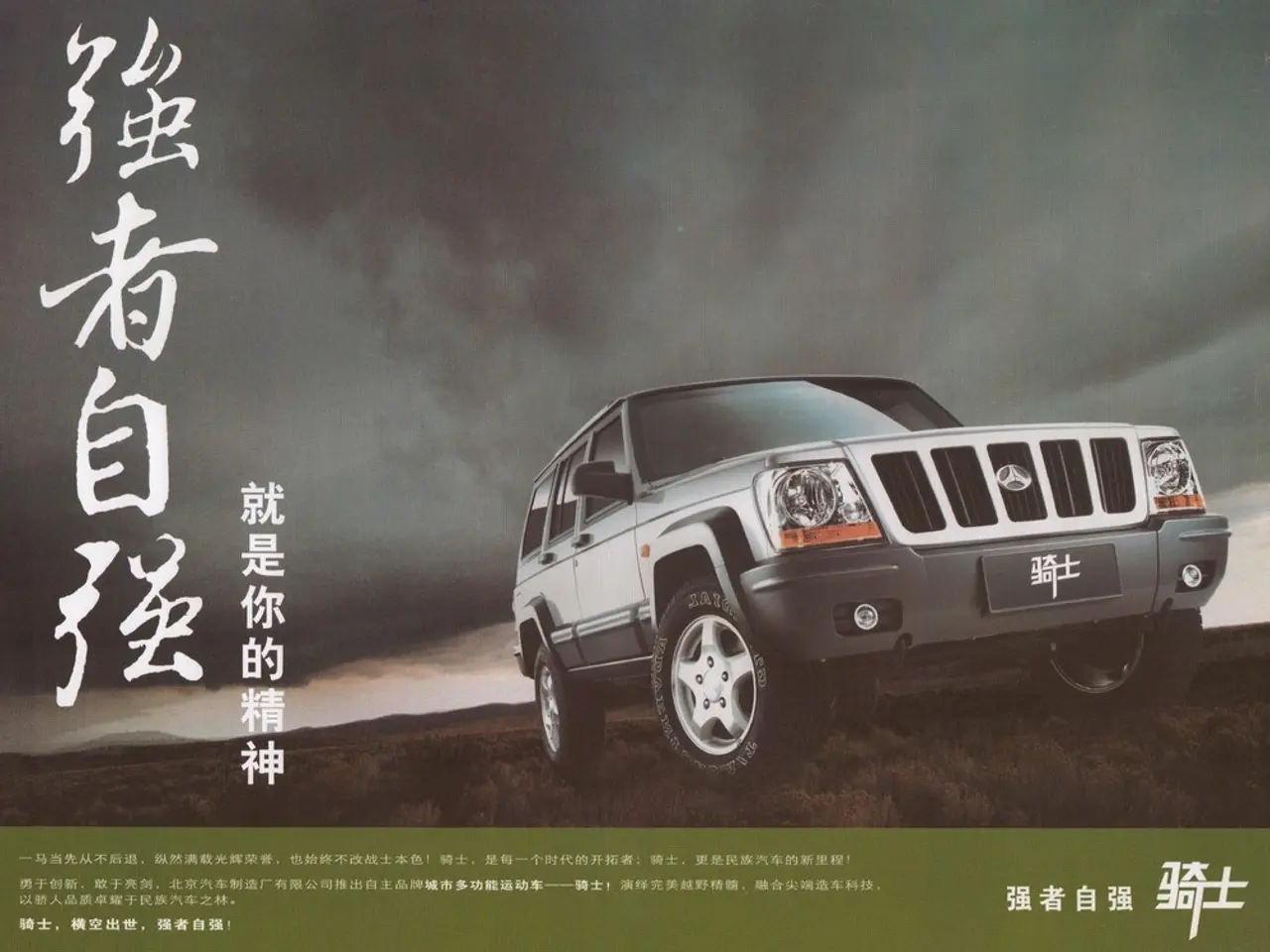Suspension of US tariffs on Chinese goods continues
In the ongoing U.S.-China trade dispute, the average U.S. tariff rate on imports from China stands at approximately 30%, while China's average tariff on U.S. imports is about 10% [1][2][3]. This pause in escalating tariffs came after a period of increased duties, with rates reaching over 50% on average and sector-specific tariffs even higher [1][3].
The agreed truce maintains U.S. tariffs on Chinese imports at 30% and Chinese tariffs on U.S. goods at 10% until at least November 10, 2025, providing time for ongoing negotiations [2][3].
Key issues in the dispute include trade imbalances, economic security and geoeconomics, reciprocal tariffs and retaliations, sector-specific disputes, and administrative and regulatory aspects [2][3]. The U.S. seeks to reduce its trade deficit with China, while both sides negotiate broader economic and strategic concerns, such as technology and supply chain dependencies.
The dispute has featured reciprocal tariff hikes, with threats to further increase baseline reciprocal tariffs to 15–20% by the U.S. side [3]. Issues around steel, aluminum, automobiles, and certain technology exports have been prominent. Confusions like tariff "stacking" and adjustments through executive orders show ongoing complexity in tariff implementation [2][3].
China wants to demonstrate that it is not dependent on a quick deal and that mutual dependencies in trade exist. President Donald Trump feels mistreated by a number of countries and imposed tariffs to address the alleged imbalances and disadvantages in international trade. The tariffs imposed by Trump are accused of being politically motivated from China's perspective [4].
A direct conversation between Presidents Trump and Xi Jinping could occur at a later stage, considered crucial to set political guidelines beyond technical details [5]. The U.S. has extended the suspension of increased tariffs on Chinese imports for another 90 days, with the new deadline being November 10 at 00:01 local time in Washington [6].
References:
[1] "U.S. and China agree to 90-day trade truce" - BBC News, December 4, 2018, https://www.bbc.com/news/business-46439092
[2] "U.S.-China trade war: What you need to know" - CNN, July 2, 2019, https://www.cnn.com/2019/06/12/business/us-china-trade-war-explainer/index.html
[3] "U.S.-China trade war timeline: A look at the key events" - CNBC, August 23, 2019, https://www.cnbc.com/2019/08/23/us-china-trade-war-timeline-a-look-at-the-key-events.html
[4] "China accuses Trump of politically motivated tariffs" - Reuters, June 1, 2018, https://www.reuters.com/article/us-usa-china-trade-idUSKBN1J818P
[5] "Trump, Xi could meet at G20 summit in Japan" - Al Jazeera, June 26, 2019, https://www.aljazeera.com/news/2019/06/trump-xi-meet-g20-summit-japan-190626143431859.html
[6] "U.S. extends suspension of increased tariffs on Chinese imports for another 90 days" - Reuters, September 1, 2021, https://www.reuters.com/business/us-extends-suspension-increased-tariffs-chinese-imports-another-90-days-2021-09-01/
Read also:
- Lawsuits Filed by Panama to Terminate Contract for HK-Managed Canal Port Due to Ongoing US-China Competition
- Builders in the spotlight due to Labour's push for planning reforms in the housing sector
- Enhanced safety measures for cable cars during suspension will be implemented
- Railway Line Safety under Scrutiny: Assessment by AVG encompasses the route between Gaggenau and Freudenstadt







